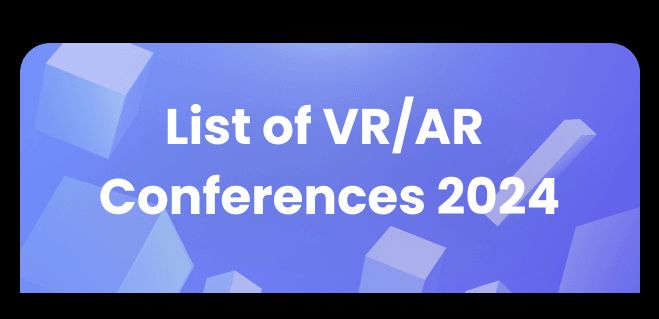
Cognitive3D
@cognitive3d
3D analytics platform that measures human behavior in #VR #AR simulations and turns them into actionable insights.
ID: 3385291029
http://cognitive3d.com 21-07-2015 02:51:00
2,2K Tweet
1,1K Takipçi
408 Takip Edilen

This technology reduces processing demands for detailed 3D models, and attendees also get a glimpse of new 3rd party integrations with Salesforce and Cognitive3D, along with collaborative MR experiences with 3D models in real-world settings. Learn more: htcvive.co/45L553Z















The latest episode of #XR #AI Spotlight is out! Learn how to better use your spatial data to improve your XR app with Cognitive3D 👇 youtu.be/Zc53eWMnOMQ?si…



New XR Blog Post 🚨🥽 Today, I'd love to share some insights about my experience with Cognitive3D VR/AR analytic tools after testing their Unity SDK and portal for the last few weeks. blog.learnxr.io/xr-development… 📌 On this blog post, I go over the basics by explaining what



